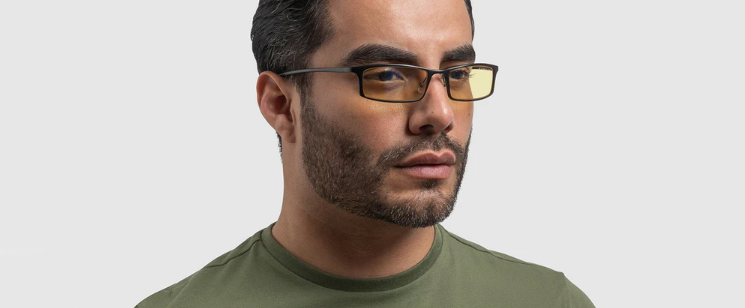Reader glasses, those ubiquitous spectacles found on desks, nightstands, and in countless purses, play a vital role in the lives of millions. But how do these seemingly simple lenses work? Let's delve into the science behind reader glasses and explore the mechanics of vision correction.
The Human Eye: A Complex Lens System
Before we dive into reader glasses, it's essential to understand how the human eye functions. The eye is a complex optical system that works much like a camera. Light enters the eye through the cornea, a clear dome-shaped structure. This light then passes through the pupil, a small opening that regulates the amount of light entering the eye. Behind the pupil is the lens, a transparent structure that focuses light onto the retina, a light-sensitive layer at the back of the eye.
Presbyopia: The Aging Eye
As we age, the lens of the eye gradually loses its elasticity. This condition, known as presbyopia, makes it difficult to focus on objects up close. The reason for this is that the lens can no longer accommodate, or change shape, to focus light on the retina. This is why people with presbyopia often find themselves holding reading material at arm's length to see it clearly.
How Reader Glasses Correct Presbyopia
Reader glasses are specifically designed to address the symptoms of presbyopia. They contain convex lenses, which are thicker in the center than at the edges. When light passes through a convex lens, it is refracted, or bent, in a way that causes it to converge. This means that the lens can focus light on the retina even when the eye's natural lens is unable to do so.
The Power of Reader Glasses
The power of reader glasses is measured in diopters. A diopter is a unit of measurement that indicates the curvature of a lens. The higher the diopter number, the stronger the lens. The appropriate diopter for a pair of reader glasses depends on the severity of the individual's presbyopia.
Types of Reader Glasses
There are several types of reader glasses available, each with its own unique features:
- Single-vision reader glasses: These glasses have the same power throughout the lens, making them ideal for reading and other close-up tasks.
- Bifocal reader glasses: Bifocals have two distinct focal points: one for distance vision and one for near vision. This makes them suitable for people who need to switch between reading and seeing objects at a distance.
- Progressive reader glasses: Also known as multifocal lenses, these glasses have a gradual transition between the near and distance portions of the lens. This provides a smoother transition between different focal points.
Choosing the Right Reader Glasses
When selecting reader glasses, it's important to consult with an eye care professional. They can determine the appropriate diopter and recommend the best type of lens for your specific needs. Additionally, factors such as your lifestyle, personal preferences, and overall eye health should also be considered.
Beyond Reading: Other Uses for Reader Glasses
While reader glasses are primarily used for reading, they can also be beneficial for other activities that require close-up vision, such as sewing, crafting, and performing small repairs. Additionally, some people find that wearing reader glasses can help to reduce eye strain and fatigue associated with prolonged computer use.
Reader glasses are a simple but effective tool for correcting the vision problems associated with presbyopia. By understanding the science behind how they work, we can appreciate the ingenuity and technology that goes into their design. Whether you're a seasoned reader or simply need a little extra help seeing up close, reader glasses can make a significant difference in your daily life.





 UK site
UK site EU site
EU site US site
US site Canada site
Canada site